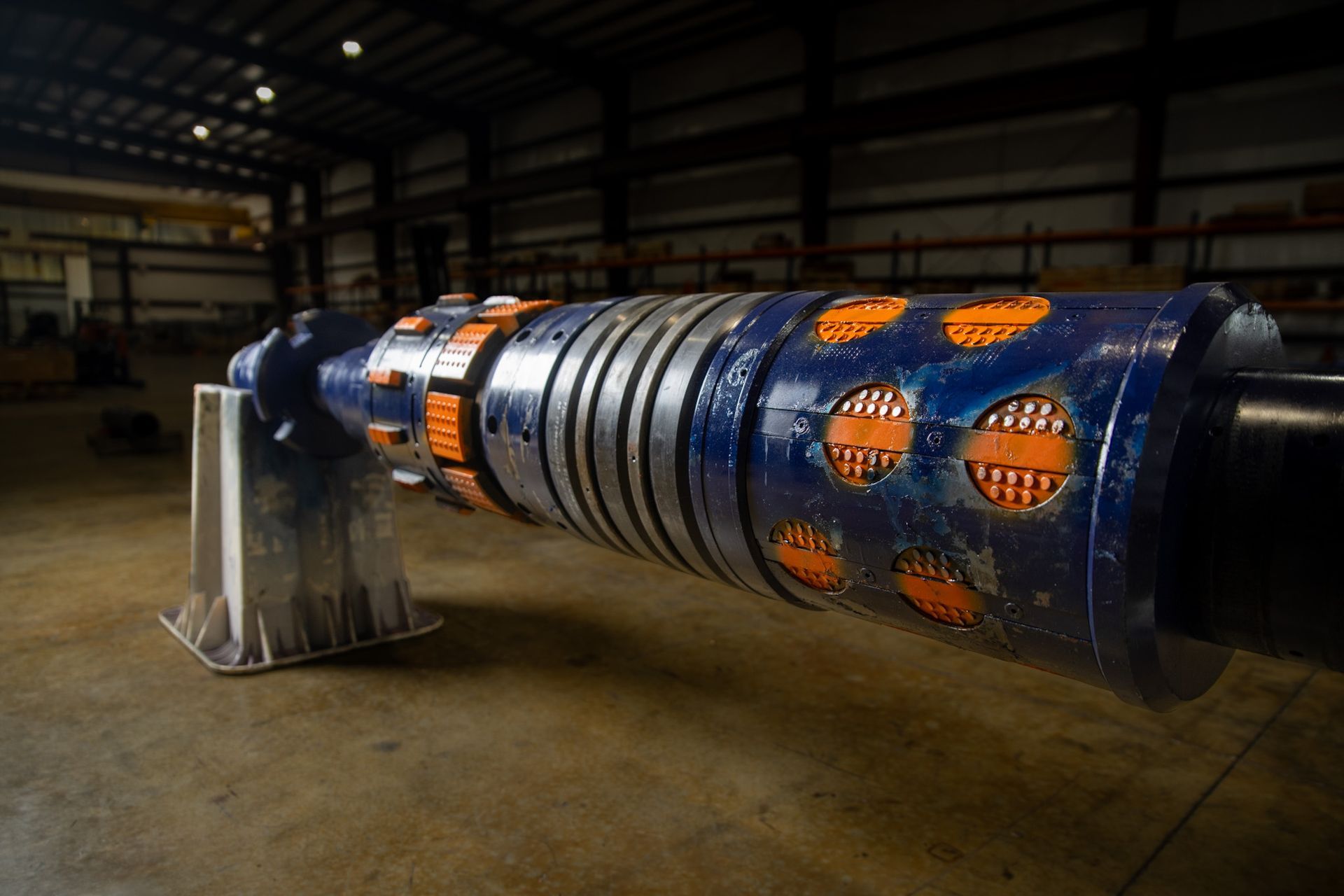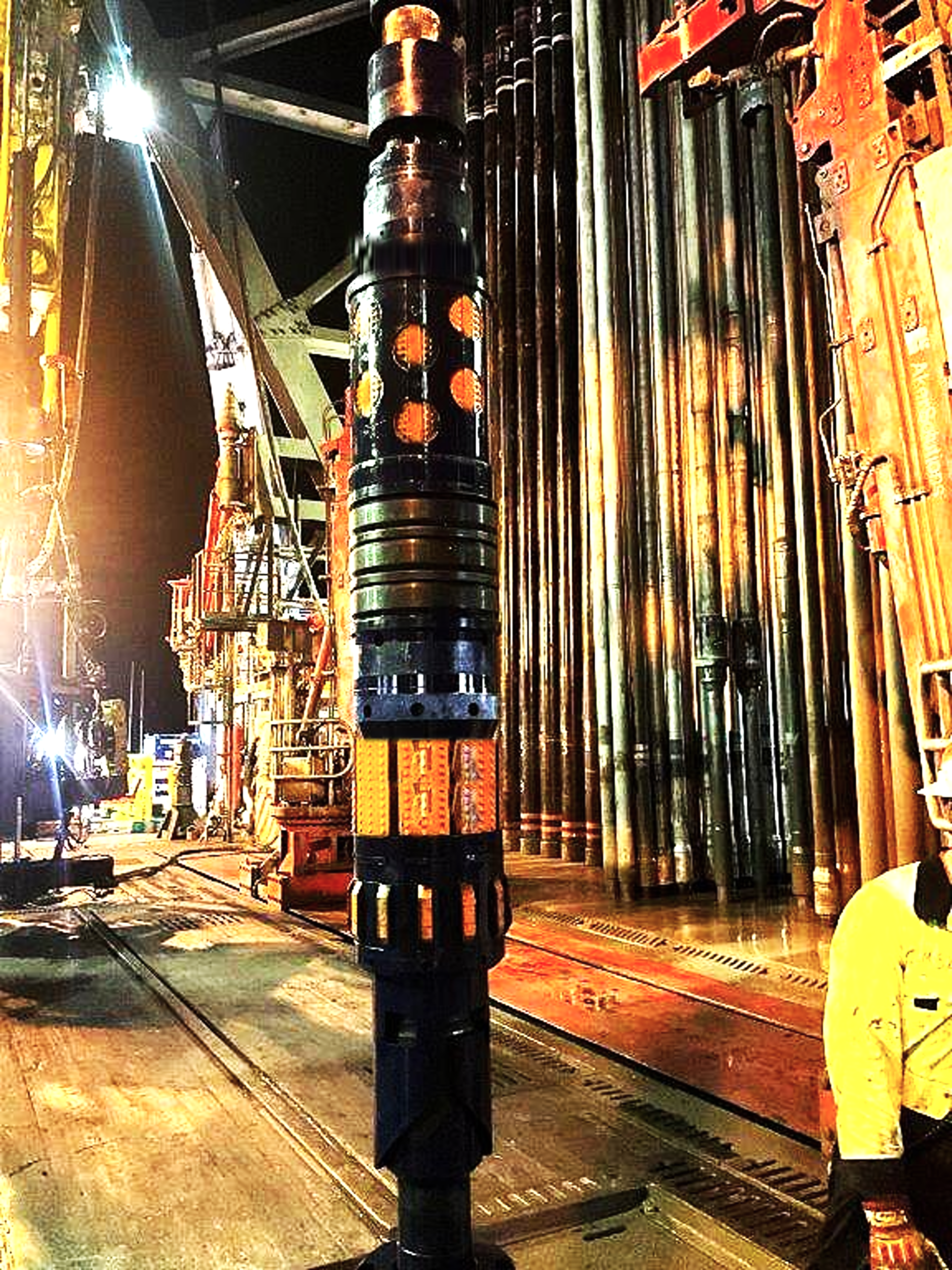Optimizing Well Intervention with NEXUS™ Integral Bypass Packers: Advanced Tools for Enhanced Wellbore Operations
In today’s complex oil and gas operations, well intervention plays a crucial role in maintaining well productivity and managing reservoir performance. One of the most efficient tools in this field is the NEXUS™ Integral Bypass Packer by Oilfield Service Professionals (OSP). Designed to address the increasing challenges of modern wells, the NEXUS™ Integral Bypass Packer stands out as a solution that enhances operational efficiency while ensuring wellbore integrity.
The Role of NEXUS™ Integral Bypass Packers in Well Intervention
Well interventions require precision, reliability, and adaptability to different well environments. The NEXUS™ Integral Bypass Packer delivers on all fronts, providing secure wellbore isolation for interventions such as wellhead or BOP repairs, water shutoff, stimulation, and zonal isolation. It achieves these objectives through advanced sealing technologies and a durable anchoring mechanism, ensuring that operations proceed smoothly with minimal risk of failure.
The high-performance elastomers in the packer provide a reliable seal even in extreme downhole conditions. This enables operators to conduct interventions with greater confidence, knowing that the integrity of the wellbore will be maintained throughout the operation. Effective isolation is critical in interventions where reservoir damage, production disruptions, or loss of well control are risks. The NEXUS™ packer’s ability to create a secure barrier significantly reduces these risks and enhances the overall success rate of intervention activities.
Efficiency Gains in Wellbore Operations
Efficiency is a major priority in oil and gas operations, where delays and downtime can quickly escalate costs. The NEXUS™ Integral Bypass Packer is designed to help operators overcome these challenges by improving the speed and reliability of interventions. Its quick deployment features allow for faster installation, reducing the time needed to prepare the wellbore for various intervention tasks.
Additionally, the packer’s robust construction means it can handle harsh downhole conditions such as high pressures, high tensile, high temperatures, and aggressive wellbore fluids. This durability extends the life of the tool, reducing the frequency of packer replacements and cutting down on associated downtime. For operators, this translates into significant cost savings while also maximizing operational uptime.
One of the key advantages of the NEXUS™ Integral Bypass Packer is its adaptability to different well conditions. Whether used in an onshore, offshore, or unconventional well, the tool performs with high reliability. This flexibility is crucial for operators working across diverse geographies and geological formations. The ability to deploy a single tool for various well conditions helps streamline the intervention process, making operations more efficient and reducing the logistical complexity of well interventions.
Maximizing Wellbore Safety and Integrity
The integrity of the wellbore during intervention is essential for preventing costly failures and ensuring long-term well performance. The NEXUS™ Integral Bypass Packer is engineered to provide this assurance through its advanced sealing and anchoring mechanisms. Its secure hold within the wellbore eliminates the risk of tool movement during high-pressure interventions, a common issue that can lead to wellbore damage or operational inefficiencies.
This secure anchoring is especially beneficial during high-pressure, high-tensile, and high-temperature (HPHT) operations where the stability of downhole tools is critical. By offering exceptional resistance to the harshest conditions, the NEXUS™ Integral Bypass Packer gives operators peace of mind that the wellbore will remain stable throughout the intervention, reducing the likelihood of catastrophic failures.
Versatility for a Range of Well Intervention Applications
The versatility of the NEXUS™ Integral Bypass Packer makes it suitable for a wide range of well intervention applications. In addition to zonal isolation, the packer can be used for production enhancement activities such as acid stimulation and hydraulic fracturing. Its ability to isolate specific sections of the wellbore allows for precise targeting of treatment fluids, maximizing the effectiveness of stimulation efforts and boosting production.
This targeted approach to interventions is especially valuable in older wells where production has declined. By isolating specific zones for treatment, operators can reinvigorate well performance without the need for costly recompletion efforts. The NEXUS™ packer’s precision and reliability make it a go-to solution for operators looking to maximize production while keeping costs in check.
Drive Efficiency and Safety with NEXUS™ Integral Bypass Packers
For operators in the oil and gas industry, maximizing well intervention efficiency and safety is crucial to long-term success. The NEXUS™ Integral Bypass Packer by OSP offers a proven solution that enhances wellbore integrity, reduces downtime, and boosts the overall effectiveness of interventions. Whether working in challenging HPHT environments or conducting routine interventions in conventional wells, the NEXUS™ packer provides the reliability and flexibility needed to ensure success.
By choosing OSP’s NEXUS™ Integral Bypass Packer, operators can reduce the risks associated with well interventions, improve operational efficiency, and ultimately extend the productive life of their wells. Contact Oilfield Service Professionals today to discover how this innovative tool can transform your well intervention operations and deliver lasting value to your business.
Eliminating Downtime in HPHT Wells: How OSP’s Modular Drillable Barriers Are Solving Costly Deepwater Challenges
Meeting the Demands of Modern Wells

When Downtime Becomes the Real Enemy
In deepwater drilling, operators often talk about pressure, temperature, and depth as the ultimate tests of a well. But ask any drilling manager where the real pain lies, and you’ll often hear a different answer: non-productive time (NPT).
Every hour of rig time offshore costs tens to hundreds of thousands of dollars. When conventional drillable barrier systems fail to hold under high-pressure, high-temperature (HPHT) conditions, the price is steep: sidetracks, delayed completions, and strained budgets.
This is the problem Oilfield Service Professionals (OSP) set out to solve. The result is a suite of modular, field-proven tools BarrierPro™, SqueezePro™, and MultiPro™ engineered specifically for HPHT environments. By addressing the core limitations of traditional systems, OSP is helping operators reclaim efficiency, reduce risk, and protect margins.
The Pain Points of Conventional Systems
Operators drilling into the Lower Tertiary Gulf of America (GoA) or similar HPHT environments face a consistent set of challenges:
- Unreliable conveyance through Tieback Receptacles (TBR): Conventional plugs often struggle to pass-through casing ID transitions, leading to poor isolation.
- Limited adaptability: Most systems are designed for narrow use cases, forcing operators to carry large inventories of specialized BHAs.
- High drill-out times: Ferrous-heavy designs increase flat time during plug removal.
- Premature setting risks: Complex geometries can trigger failures before plugs reach depth.
The operational consequences are significant: costly contingency sidetracks, delayed production, and increased HSE exposure.
The Solution: A Modular, Field-Tested Suite
BarrierPro™ – Reliability at Depth
BarrierPro™ is a cast-iron retainer/bridge plug rated to API 11D1-V3 for 15,000 psi differential pressure. Its enhanced slip-retention system eliminates the need for composite bands or slotted segments, enabling superior anchoring and performance in HPHT wells.
Key benefits:
- Dependable sealing in complex high pressure environments
- Reliable conveyance through TBR transitions.
- Qualified barrier at 15,000 psi differential.
- Seamless integration with OSP’s MultiPro™ setting platform.
SqueezePro™ – Cement Assurance Simplified
For cement remediation and annulus repair, SqueezePro™ offers semi- and fully-composite designs that deliver sealing integrity while dramatically reducing drill-out times.
Key benefits:
- Rapid drill-out, reducing rig time.
- Reliable isolation for cementing operations.
- Seamless integration with OSP’s MultiPro™ setting platform.
MultiPro™ – Deployment Versatility
The MultiPro™ system is a field-convertible setting platform. Compatible with mechanical, hydraulic, and wireline deployment, it reduces tool OD and length for easier clearance through tight geometries.
Key benefits:
- One system adaptable across casing sizes and grades.
- Inventory simplification.
- Improved annular clearance and faster drill-out efficiency.
Case Study 1: 31,000-ft Micro-Annulus Remediation
An operator in the Gulf of America faced severe micro-annulus issues in a 15,000 psi-rated well at 31,000 ft. Traditional tools had repeatedly failed to seal across TBR transitions.
OSP solution:
- Deployed BarrierPro™ with custom centralizer to ensure smooth passage through restrictions.
- Achieved a successful set at 31,000+ ft.
- Barrier passed API 11D1-V3 validation testing.
Results:
- Single-trip remediation completed successfully.
- NPT reduced significantly.
- Well integrity restored without sidetrack.
Case Study 2: Record-Setting 34,000-ft Barrier Installation
In another GoA project, an operator attempted to install a barrier at 34,000 ft—a record-setting depth with more than 850 premium casing connections. Competing tools had failed repeatedly.
OSP solution:
- Deployed BarrierPro™ Hydra-Set™ with CleanPro™ scraper.
- Combined scraper and barrier deployment in a single trip.
Results:
- First successful barrier set at 34,000 ft.
- Post-installation test exceeded 10,000 psi.
- No seal or setting failures.
- Operator avoided contingency sidetrack and costly delays.
The Value Delivered
The OSP Drillable Technology Suite provides measurable operator benefits:
- Reduced NPT: Faster deployment and drill-out save rig time.
- Risk Mitigation: Reliable sealing reduces likelihood of remedial work.
- Inventory Simplification: Modular system lowers logistical burden.
- Operational Flexibility: Multiple deployment options accommodate unpredictable downhole environments.
- Proven Reliability: Field data validates performance in the most extreme HPHT wells.
Turning Downtime into Uptime
The industry can’t afford the inefficiencies of legacy barrier systems. With field-proven tools like BarrierPro™, SqueezePro™, and MultiPro™, OSP delivers what operators need most: reliable performance in the harshest environments, fewer unplanned trips, and measurable reductions in NPT.
In short, OSP is transforming downtime into uptime, protecting both well integrity and operator economics in HPHT drilling.









